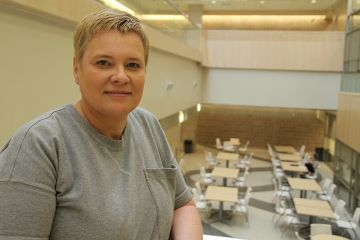
New AVPR starts in July
One of the new arrivals on campus this summer will be neuropsychologist Lisa Kalynchuk, who begins a five-year term as associate vice-president research (AVPR) on July 1.

One of the new arrivals on campus this summer will be neuropsychologist Lisa Kalynchuk, who begins a five-year term as associate vice-president research (AVPR) on July 1.
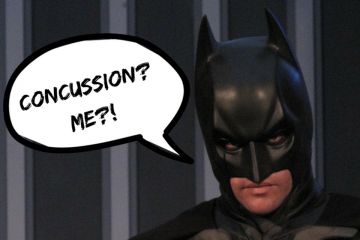
E. Paul Zehr and Bruce Wright survey the 10 big screen versions of Batman movies and assess each fight, accident and incident involving the Dark Knight for possible exposure to concussive impact.In the paper “Can Concussion Constrain the Caped Crusader?” the authors use Batman to highlight the cumulative effect of repetitive head injury.
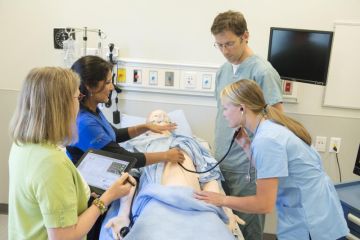
The tension in the operating room was palpable as the patient’s heart rate skyrocketed unexpectedly during surgery on her fractured ankle. Julie, the 19-year-old soccer player under local anaesthetic, worriedly asked what was wrong. The medical and nursing team reassured her as they quickly assessed and took action to stabilize her condition. Despite its location in the Royal Jubilee Hospital, this was not a typical operating room. Nor was Julie a typical patient; she’s actually a life-like mannequin. Both are part of the new $2.9-million Centre for Interprofessional Clinical Simulation Learning, a partnership between UVic’s School of Nursing, UBC’s Faculty of Medicine and Island Health.
Health care learners in Greater Victoria will gain crucial clinical and interprofessional skills treating life-like mannequins that breathe, talk, cough and moan in pain at a new simulation centre opening at the Royal Jubilee Hospital.
Array
A University of Victoria neuroscientist has discovered that a cancer drug may improve recovery rates for diabetic patients who have suffered a stroke.
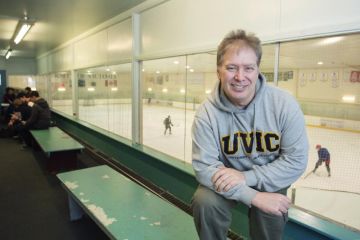
When a young person hits their head on the ice, on the field or at the pool it can cause damage to the brain. However, current assessment techniques make it difficult for medical practitioners to diagnose a concussion because the tools currently in use are subjective and difficult to interpret. Thanks to $750,000 in new funding from the Canadian Foundation for Innovation, the BC Knowledge Development Fund and UVic’s Division of Medical Sciences, two of Canada’s top brain injury experts are on the case.
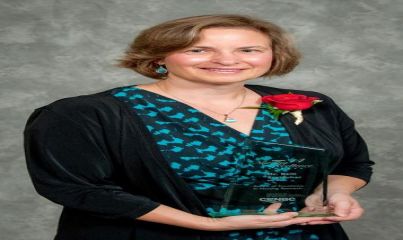
Dr. Kelli Stajduhar (UVic School of Nursing and Centre on Aging) is the recipient of a 2014 Excellence in Nursing Research award from the College of Registered Nurses of BC for her clinically-focused research on end-of-life and palliative care and her contributions as a research facilitator, mentor and communicator.

Four academic leaders will take new posts on campus this summer, with the appointments of Dr. Catherine Krull as dean of social sciences, Dr. Ralf St. Clair as dean of education, Dr. Bruce Wright as head of medical sciences and Dr. Robina Thomas as the inaugural director of Indigenous academic and community engagement.
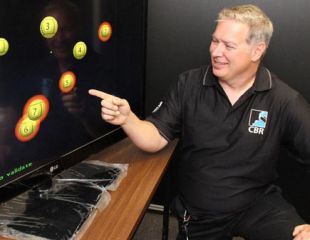
It’s game night at the local rink and cheering parents pack the stands as young players churn up and down the ice. Every scoring chance is hailed with roars of support. The barn falls eerily silent though, as one young skater racing for a puck loses an edge and slides headlong into the boards.
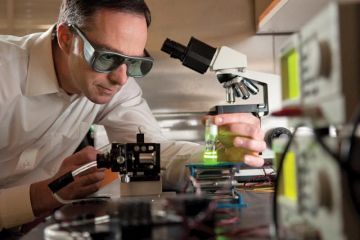
Chemistry professor Dr. Frank van Veggel likes to work with extremely small particles and very big ideas. He’s developed a process whereby nanoparticles, each 10 times smaller than a speck of dust, could someday assist oncologists better identify and target cancerous tumours and, in some cases, eliminate the need for painful and potentially dangerous biopsies.
Dr. Bruce Wright has been appointed as Head, Division of Medical Sciences at UVic (and Regional Associate Dean, UBC Faculty of Medicine) effective July 1, 2014.